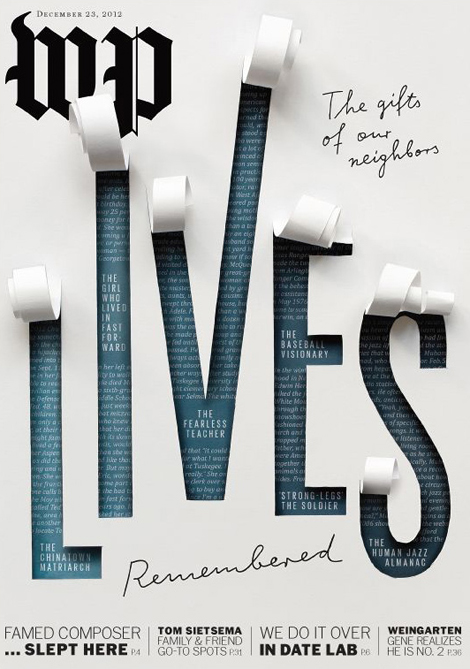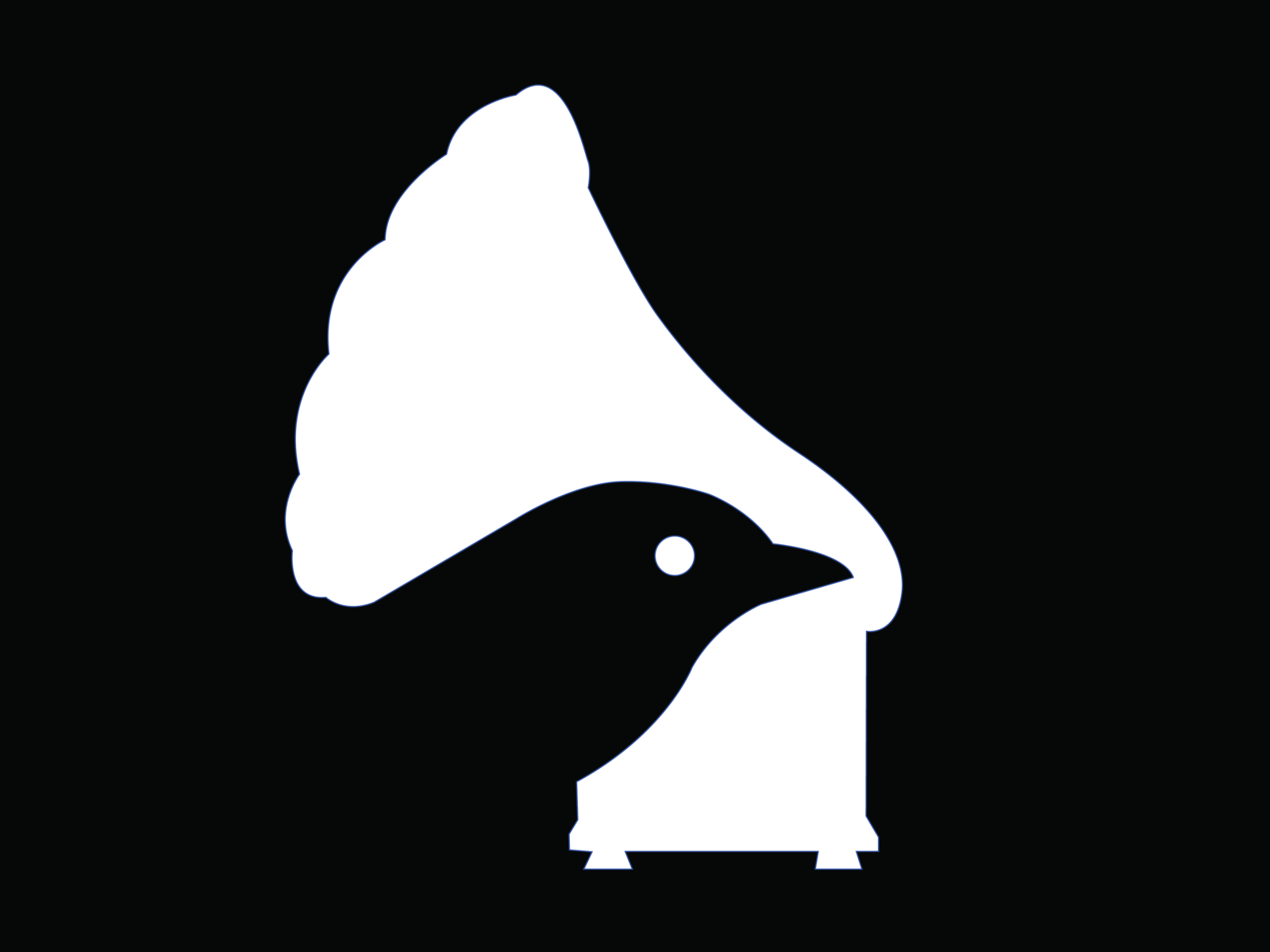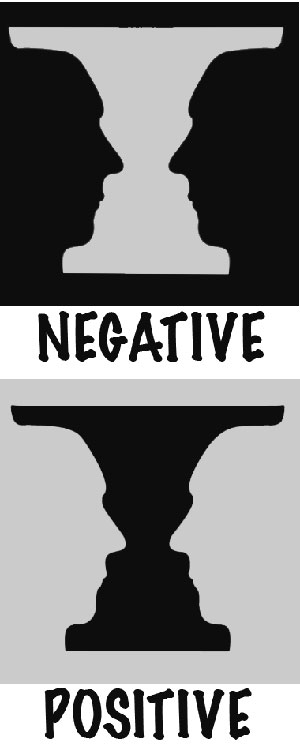

However, if we don’t provide enough information to complete the pattern, then we cannot perceive the object and closure fails, making the circle much more difficult to form in our minds. Our minds are so eager to fill in the missing information that it can be done with very few elements. Positive and negative space combine to form our perception of the circle.Ĭlosure can be used to make us perceive objects or patterns using the smallest amount of information. In the example below, our minds complete the lines to form a circle, even though the shape doesn’t exist. This is achieved through the use of positive and negative space. Provided with enough information, we will fill in the missing parts to create a whole. Using closure effectively decreases complexity by reducing elements to the fewest possible parts needed to complete an object. ClosureĪccording to the Universal Principles of Design, this principle states that we have a tendency to perceive a set of individual elements as a single, recognizable pattern, rather than multiple, individual parts.

Let’s begin with the Gestalt principle of closure. As designers, we can use these principles to create our own engaging and successful work. What most of these designs have in common is the use of gestalt grouping principles to organize information that helps us understand the relationships and differences between elements. Have you ever wondered how elements come together to create successful designs? It’s no accident that compelling design just seems to work. As in the first article, we’ll look at how the principles work and then move on to real-world examples to illustrate them in use. Today, we’ll focus on the principles of closure and figure-ground, which play with positive and negative space to build relationships and create wholes with the sum of their parts. It reminds me to read poems and novels more carefully.In the first part of this series, we focused on the principles of similarity and proximity to understand how the gestalt principles work in creating relationships between elements. Often, poems can be explained from various opposing viewpoints.Īs you can read, you wrote a very inspiring article. However, figure-ground-reversal is a less common practice in novels. Positive-negative is also often used by poets and novelists, to express contrasts between spatial environments, protagonists, and activities. Yet in the poem, it is unclear what happened to who and when. Take for instance this key sentence from a poem of the Anglo-American poet Auden: ‘Bring in the coffin, let the mourners come.’ This is no doubt a reference to a very serious event.

They use metaphors to express how ‘empty’ all other meanings are. The bigger the timespan of a novel, the more time is left out. Even when a story does not last for more than a couple of hours, most of this time is left out. Most of the timing of a novel is ‘empty space’ because it’s left out. The use of time in a novel is also a way to emphasize specific activities. When a novelist would reproduce all human actions, no matter how detailed, his or her books would become very tedious.

For example, often many everyday and obvious types of behavior, such as washing, going to the toilet, eating, and drinking are left out. Poets and novel writers use it for several purposes. In literature, another one of my preoccupations, ‘empty space’ is a very common practice. At least when it comes to art and design. But they must have kept this ‘empty space’ secret for me. Again you wrote a very insightful article.


 0 kommentar(er)
0 kommentar(er)
